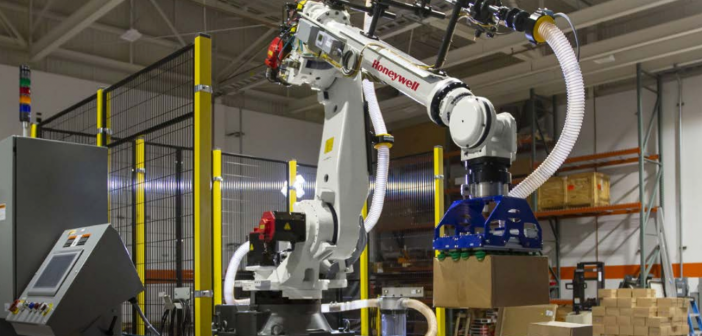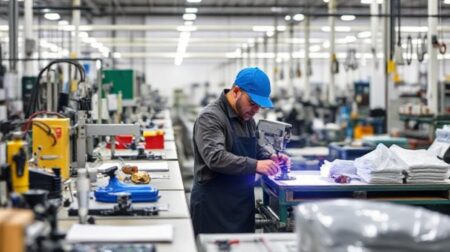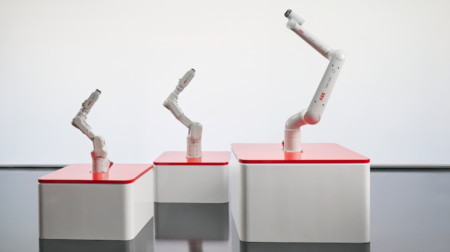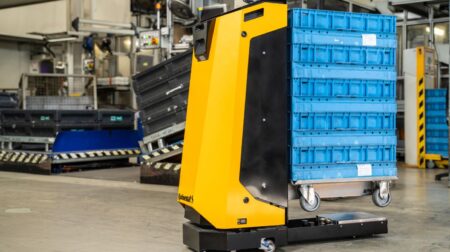Honeywell has introduced its Smart Flexible Depalletizer to help warehouses boost productivity and reduce injuries.
The robotic technology is designed for both warehouses and distribution centres and will assist them to automate the manual process of unloading pallets, reducing the operational risks of potential injuries and labour shortages.
Driven by machine learning and advances in perception and gripping technologies, Honeywell’s system minimises the need for manual labour to break down pallet loads – roles that carry risk of injury, experience high turnover and are currently difficult to staff.
A typical medium- to large-sized distribution centre unpacks up to several thousand pallets per day, which Honeywell said leads to the probability of errors, injuries and worker fatigue increasing during each shift.
“Even when manual operations are running smoothly without injuries, the physical, repetitive task of unloading pallets is variable and limited by human constraints,” said Thomas Evans, chief technology officer of Honeywell Robotics.
“Our Smart Flexible Depalletizer helps improve throughput by operating consistently without interruption over multiple shifts with minimal human interaction. With the labor constraints warehouses and distribution centres are seeing in filling these manual roles, this solution can be an ideal fit to help keep up with daily order volumes.”
Its articulated robotic arm is guided by advanced vision and perception technologies, which allow cases to be picked from a single- or mixed-SKU pallet on a fixed or mobile location. The computer vision technology identifies the exact location of every case on the pallet, while perception software automatically recognises a wide variety of packaging. This technology aims to provide seamless handling of a continuous flow of pallets in any sequence without requiring any pre-programming or operator intervention.
The machine learning and motion planning optimises the movements of the robotic arm to ensure maximum picking speed and efficiency. The control logic also senses the weight of each item as the robot lifts it and automatically updates its gripping response to transfer each product securely and effectively. The more the solution picks, the more it learns and continues to improve in quickly and efficiently unloading pallets.
“Reliable depalletising rates are of growing importance as consumer preferences continue to accelerate the rate of packing and the increasing product mix warehouses and distribution centres handle every day,” added Evans.
“These major technology improvements are driving fully automated solutions capable of meeting or exceeding the throughput of manual operations. Not only do these solutions offer significant benefits to modern distribution centres and other fulfilment operations, the business case for their utilisation is also increasingly attractive.”








